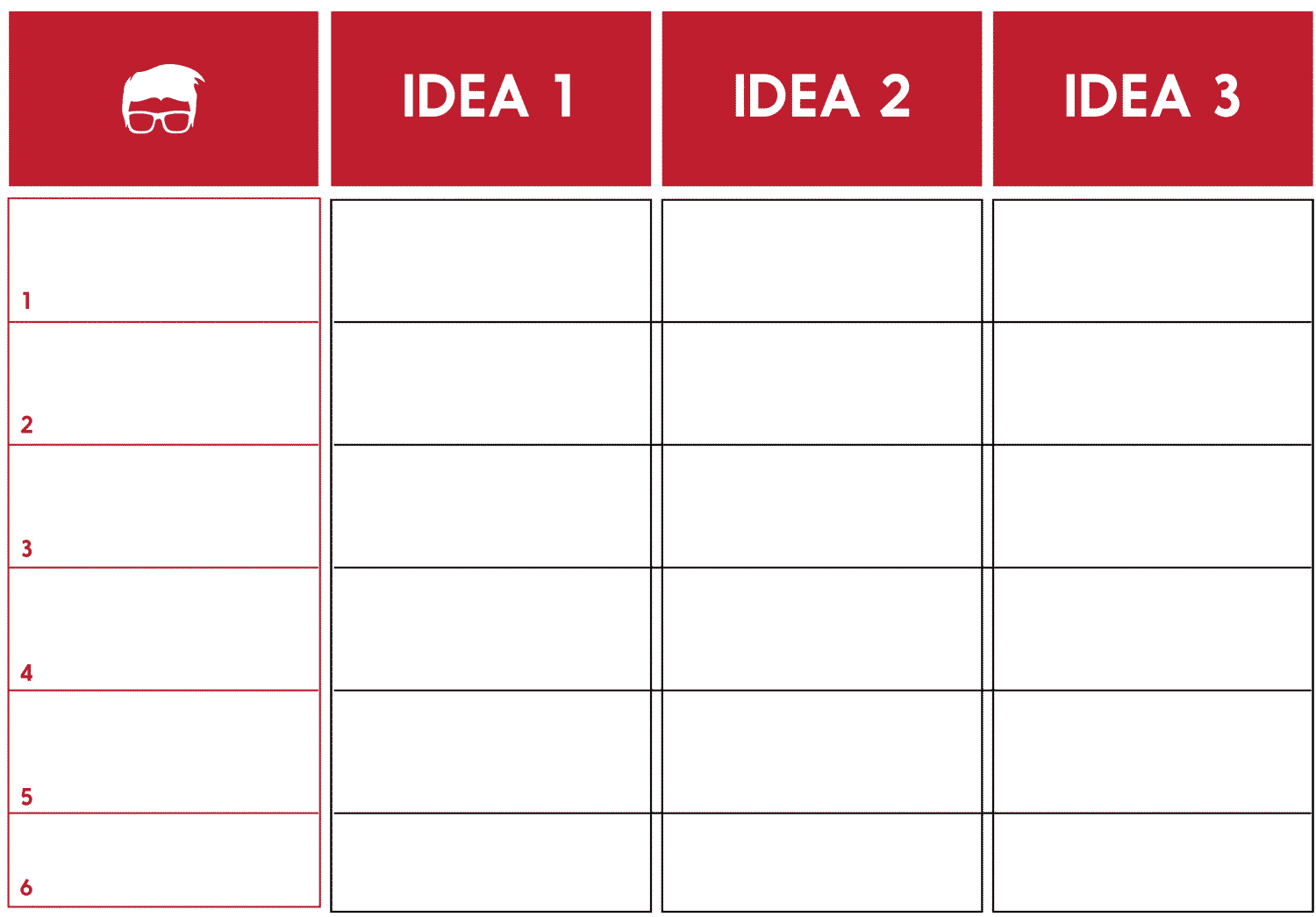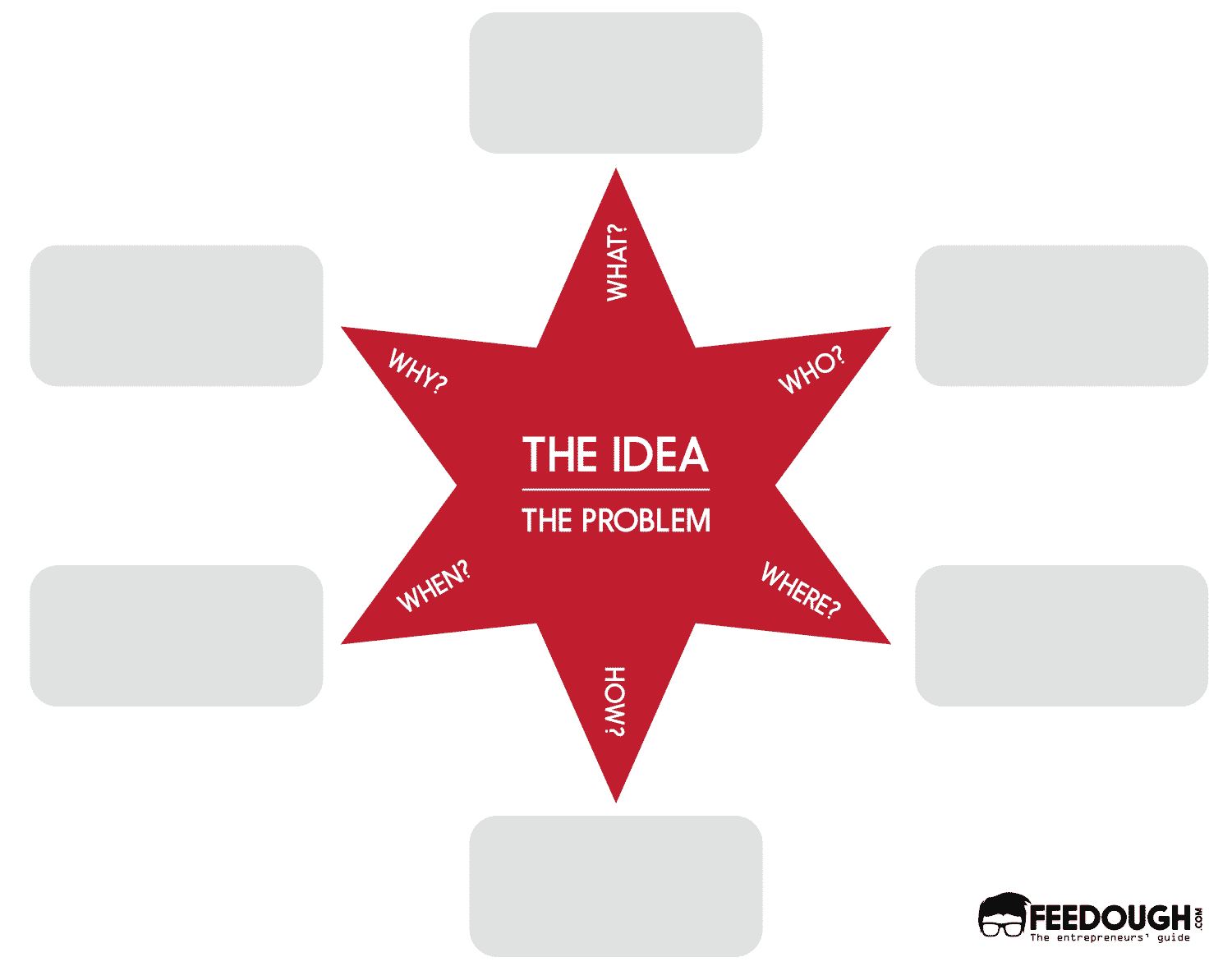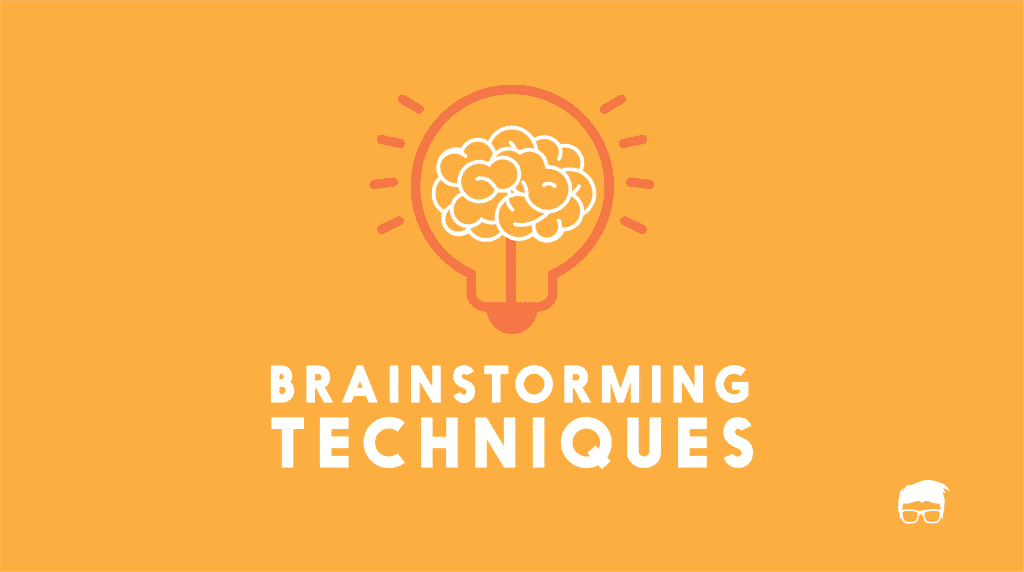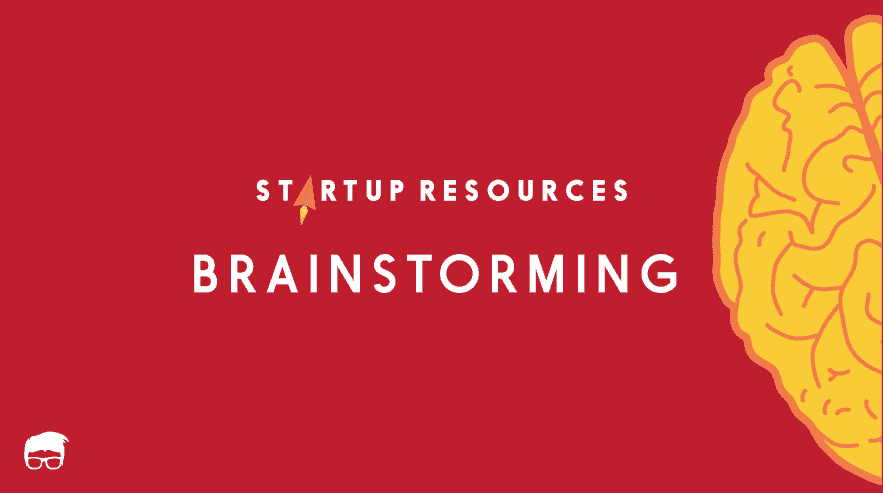Imagine you’ve gathered your team together for that much needed brainstorming session but the things aren’t going the way you wanted them to. There are no new ideas, the silent ones are still silent, and the team is still arguing on not so relevant topics. What’s missing from this brainstorming session? Is there anything you can do to make the brains of your team work?
Yes, probably.
There is something which separates a fruitful brainstorming session which leads to better ideas from a not so fruitful brainstorming session. It’s the type of brainstorming technique used by you to host the brainstorming session.
5 Useful Brainstorming Methods To Generate Better Ideas
Maybe you’re an entrepreneur in search of more profitable ideas. Maybe you’re a writer who wants a new idea for your next book. A journalist looking for your next big story. Or a blogger having a writer’s block. Whatever the case, brainstorming always seems to be a perfect solution to your problem. Wouldn’t it be great if you find some brainstorming techniques which can help you make your next brainstorming session more fruitful?
Well, here’s a list of 5 useful brainstorming techniques to make your work easier.
Brainwriting
Brainwriting is a perfect brainstorming method to generate new ideas. This technique involves each participant to write ideas or solutions to the problem on a piece of paper. Once done, others create new ideas, variations, or piggybank on existing ideas.
The method was developed Bernd Rohrbach in 1968 and was originally named as 6-3-5 brainwriting or 635 method or method 635 as it involved 6 people to write 3 ideas in 5 minutes on a blank 6-3-5 worksheet.

Once written, the participant passes his worksheet to the person on his right who adds three more ideas to it. The process continues until the worksheet is complete. This results in 108 new ideas or solutions to a specific problem which can be assessed further for the best solution.
The Negation Technique
This technique is most useful in the product development department or during the ideation phase of the startup process. It involves writing down every possibility why the product or the idea could fail in the market, and discussing it with the group on how you can prevent it.
The discussion isn’t limited to not so concrete facts like ‘the product will not succeed because the competitors are better’. Rather it involves diving more into ‘this particular competitor is better in this aspect and we haven’t focused on it’.
However, this technique requires you to be experienced in handling a heated discussion and describe a guideline before starting the discussion.
Reverse Brainstorming
This brainstorming method is similar to the negation technique. As the name suggests, this approach tries to solve the problem in a reversed way to the flow we know. Instead of asking a direct question like “What can we do to make customers return to our store?”, you can start the discussion asking a negative question like “What can we do to make customers never return to our restaurant?” or “What can we do to drive customers away from our restaurant?” This negative question may yield answers like:
- Make them wait for too long before entering the restaurant
- Don’t serve them on time
- Take their orders late
- Shout or make noise
- Use tricky pricing strategies
- Differential pricing for different customers
This brainstorming technique can make you realise your current state of affairs and can result in generation of new ideas on how to tackle them.
Starbursting
One of the most intelligent ways to find the answer is to ask as many questions as you can. For example, your partner came up with an idea of a new game. One question you might ask be “What’s the target market?” Answer: Teens of 14-18 age. But this isn’t enough to describe the target audience of your product. To get more clarity of the customer, you need to ask: “What are their interests?”, “Why did you choose them?”, and many such questions. This not only gives you more clarity of the product, but also helps your partner to think through other perspectives too.
What is starbusting?
It’s a brainstorming technique which focuses on generating questions rather than answers. It involves drawing a six pointed star with the idea or a problem in the middle and the terms ‘What’, ‘Why’, ‘Who’, ‘Where’, ‘When’, and ‘How’ on each point of the star.

The process involves thinking of as many questions as you can starting with these six. Once done, you might have your answer(or answers) with you.
Rolestorming
Rolestorming is an evolved version of brainstorming which involves participating members to be assigned different roles and making them see the problem through a different perspective. This brainstorming method was developed by Rick Griggs in 1985 to help the participants of a brainstorming sessions who feel inhibited to express themselves indiscriminately.
This involves assigning everyone a role with certain characteristics, personality, strength, and weakness and making everyone to give their inputs to the discussion as per their role. This not only makes the otherwise embarrassed or not so willing contributors to contribute to the discussion but also opens the doors to creative ideas.
It is easier to look into solutions from someone else’s perspective. Plus, rolestorming makes the participants see the other part of the story by being in other’s shoes. Rolestorming doesn’t target a person but a role and having a conversation in the first person gives the participant more confidence and ideas to defend his new role.
Go On, Tell Us What You Think!
Did we miss something? Come on! Tell us what you think of this article on brainstorming techniques in the comments section.
A startup consultant, digital marketer, traveller, and philomath. Aashish has worked with over 20 startups and successfully helped them ideate, raise money, and succeed. When not working, he can be found hiking, camping, and stargazing.








